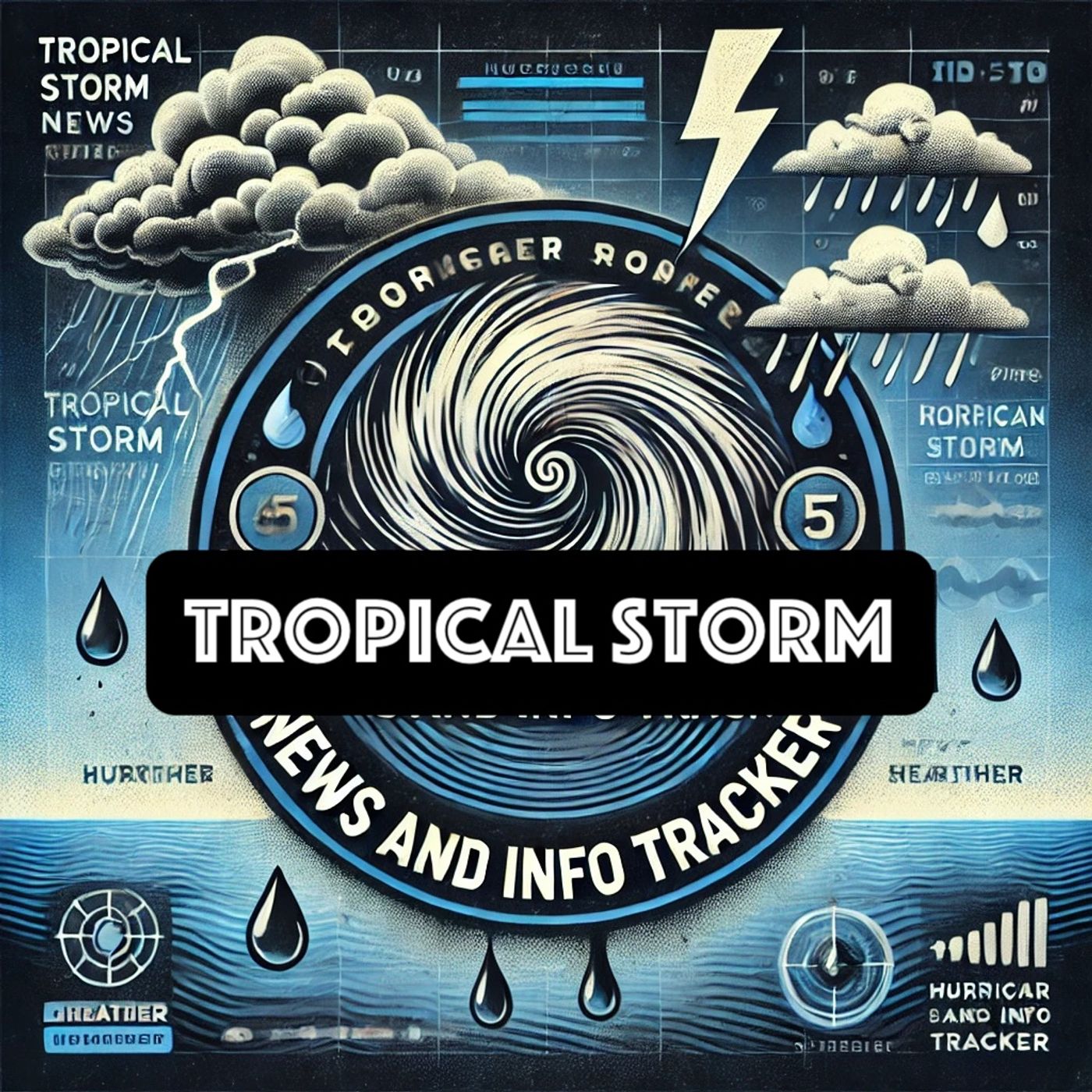Listen "Navigating the Stormy Seas: Tracking and Understanding the Impacts of Tropical Storms"
Episode Synopsis
Tropical Storms: Tracking and Understanding Their ImpactTropical storms are weather disturbances characterized by organized systems of thunderstorms with a defined circulation pattern. These storms typically form over warm ocean waters and can cause significant weather events as they develop and move.One notable example of a tropical storm is Tropical Storm Gordon. This storm's remnants recently produced disorganized showers and thunderstorms, indicating its persistence even after its primary phase. Tropical storms like Gordon can lead to a range of weather-related impacts, from heavy rainfall and flooding to strong winds and occasional tornadoes.Monitoring the development of tropical storms is crucial. The National Hurricane Center (NHC) plays a key role in tracking these systems. They provide up-to-date information on storm patterns, predicting potential intensification or dissipation and offering guidance for necessary precautions. When a tropical disturbance shows potential to evolve into a storm, the NHC issues advisories and updates to keep the public informed.Understanding the behavior of tropical storms involves analyzing several key factors. Warm sea surface temperatures, typically above 26°C (79°F), are essential for the formation and maintenance of these storms. Additionally, low wind shear conditions in the atmosphere allow the storm structure to remain intact and intensify.As a tropical storm matures, it may undergo several stages. Starting as a tropical disturbance, it can develop into a tropical depression before reaching tropical storm status, which requires sustained winds of 39-73 mph. If the storm continues to gain strength, it can escalate into a hurricane, defined by winds exceeding 74 mph.The impacts of tropical storms are primarily due to their associated rainfall and wind. Heavy rains can lead to flash flooding, particularly in coastal and low-lying areas. Strong winds can damage buildings, uproot trees, and disrupt power lines, leading to widespread power outages. Coastal areas may also experience storm surges, where the ocean level rises dramatically due to the storm's winds pushing water inland.Preparation and timely information are vital in mitigating the effects of tropical storms. Local authorities and the NHC advise residents in storm-prone areas to have emergency plans and supplies ready. Evacuation orders are sometimes issued to protect lives, and residents are encouraged to heed these warnings.In summary, tropical storms like Tropical Storm Gordon are significant weather phenomena that require careful monitoring and preparedness. Through the efforts of agencies like the National Hurricane Center, the impacts of these storms can be managed to reduce damage and protect communities. Understanding the dynamics of tropical storms helps in forecasting their paths and potential intensification, ultimately enhancing our ability to respond effectively to these powerful natural events.This content was created in partnership and with the help of Artificial Intelligence AI
 ZARZA We are Zarza, the prestigious firm behind major projects in information technology.
ZARZA We are Zarza, the prestigious firm behind major projects in information technology.
